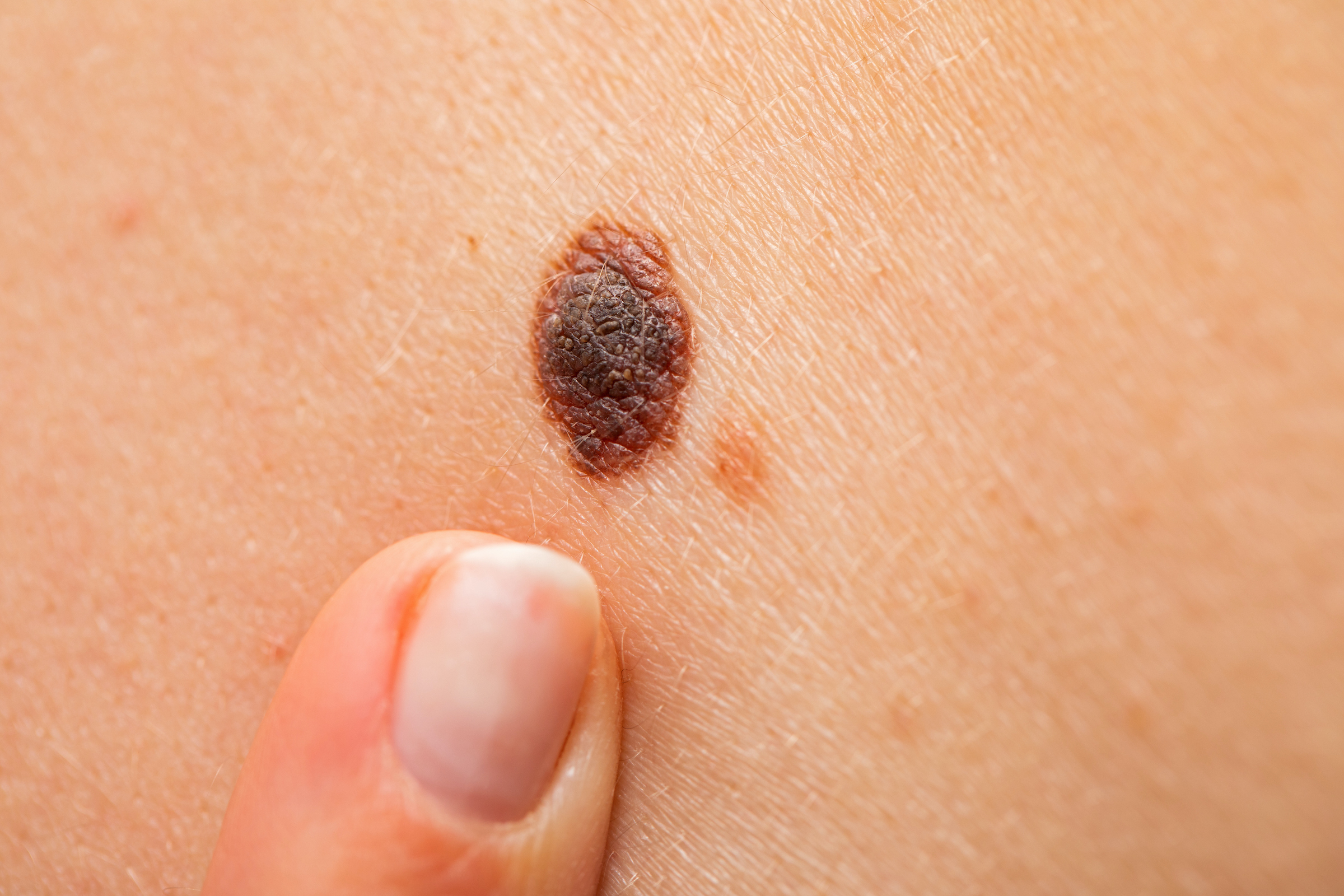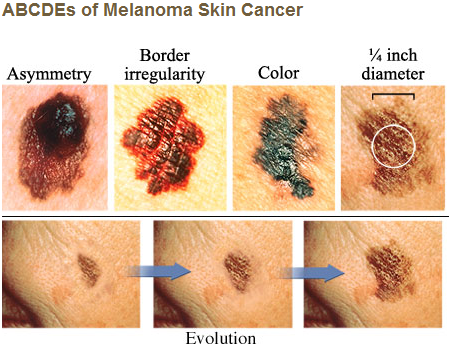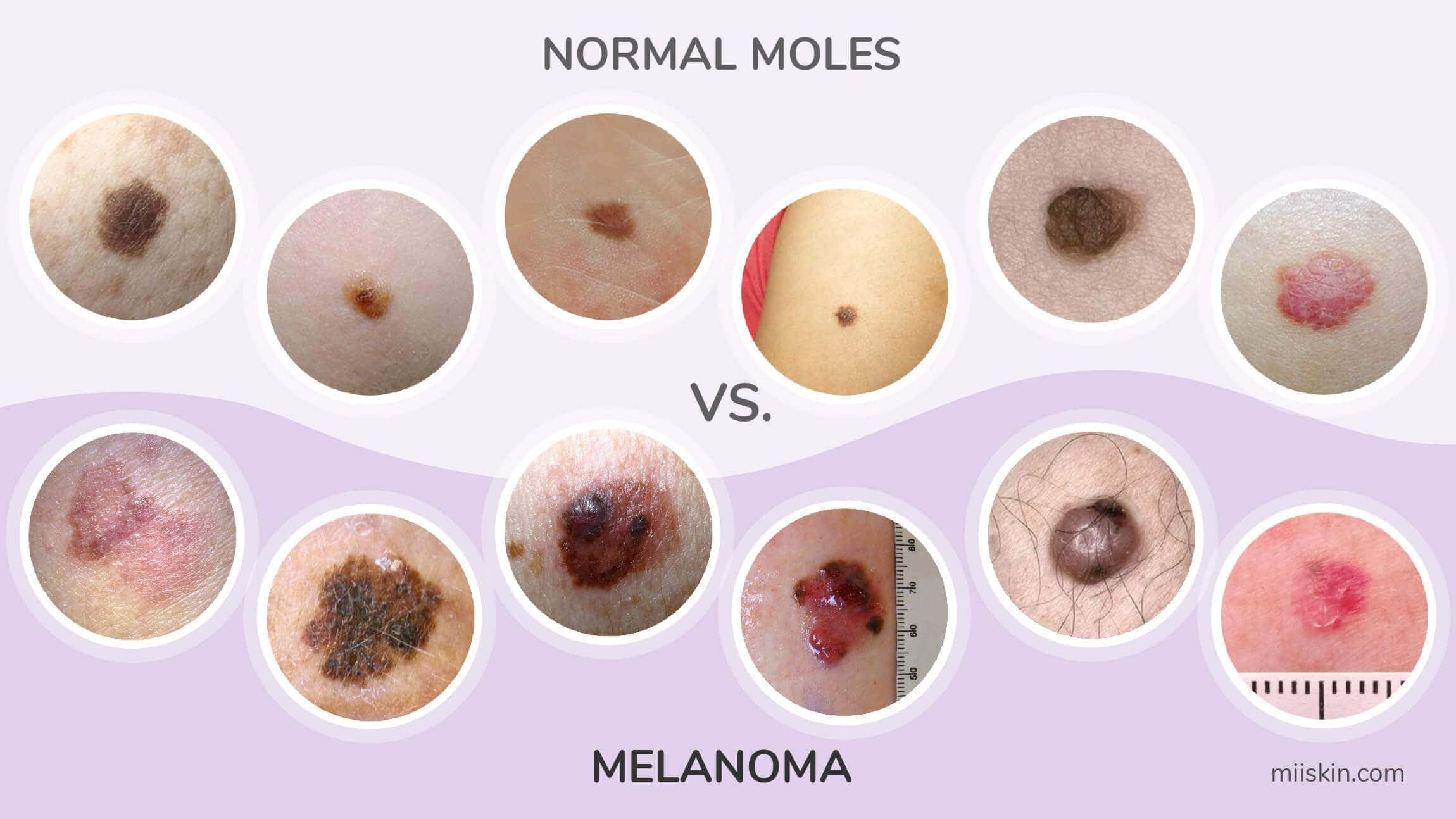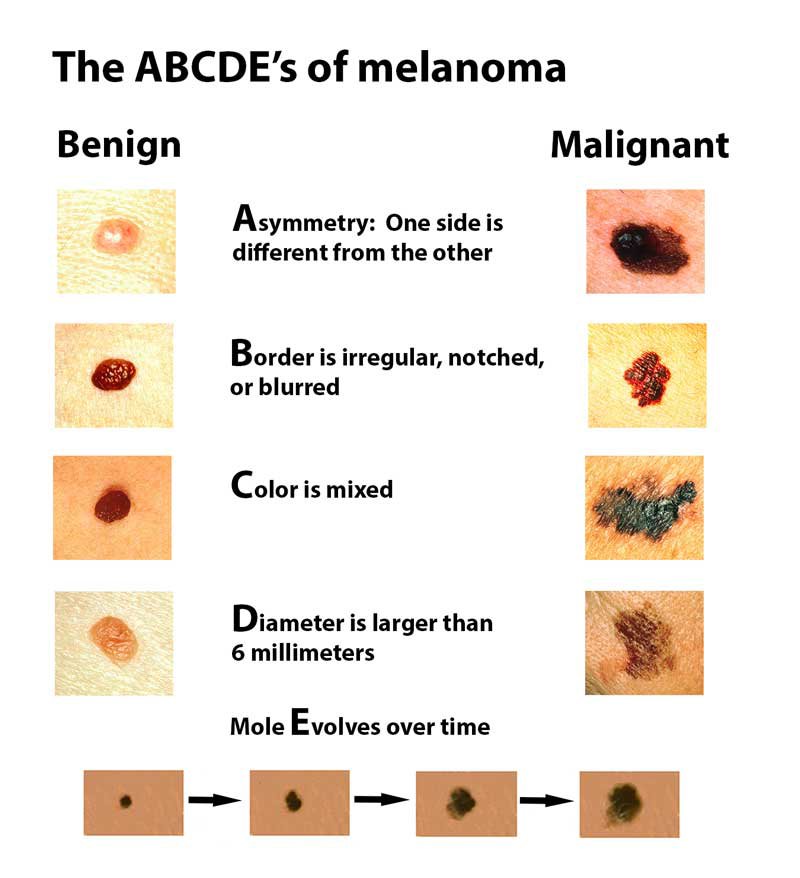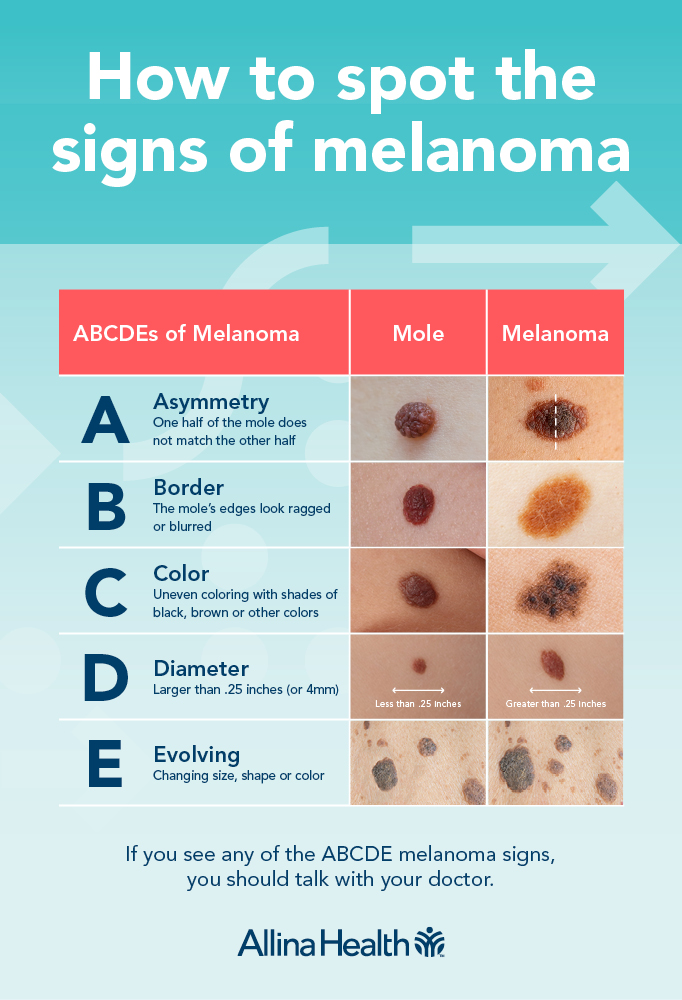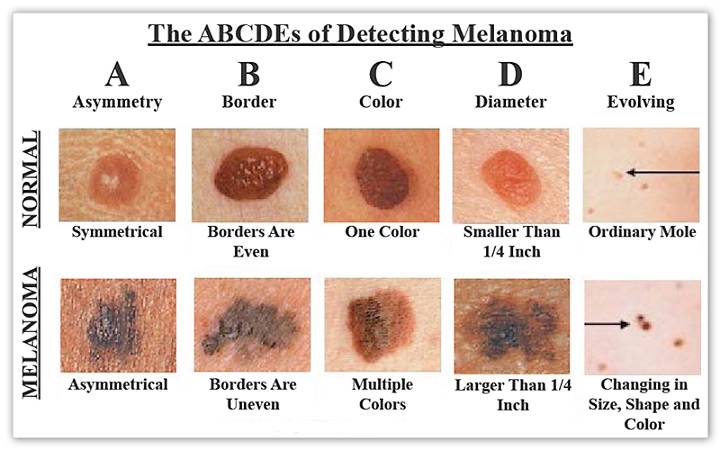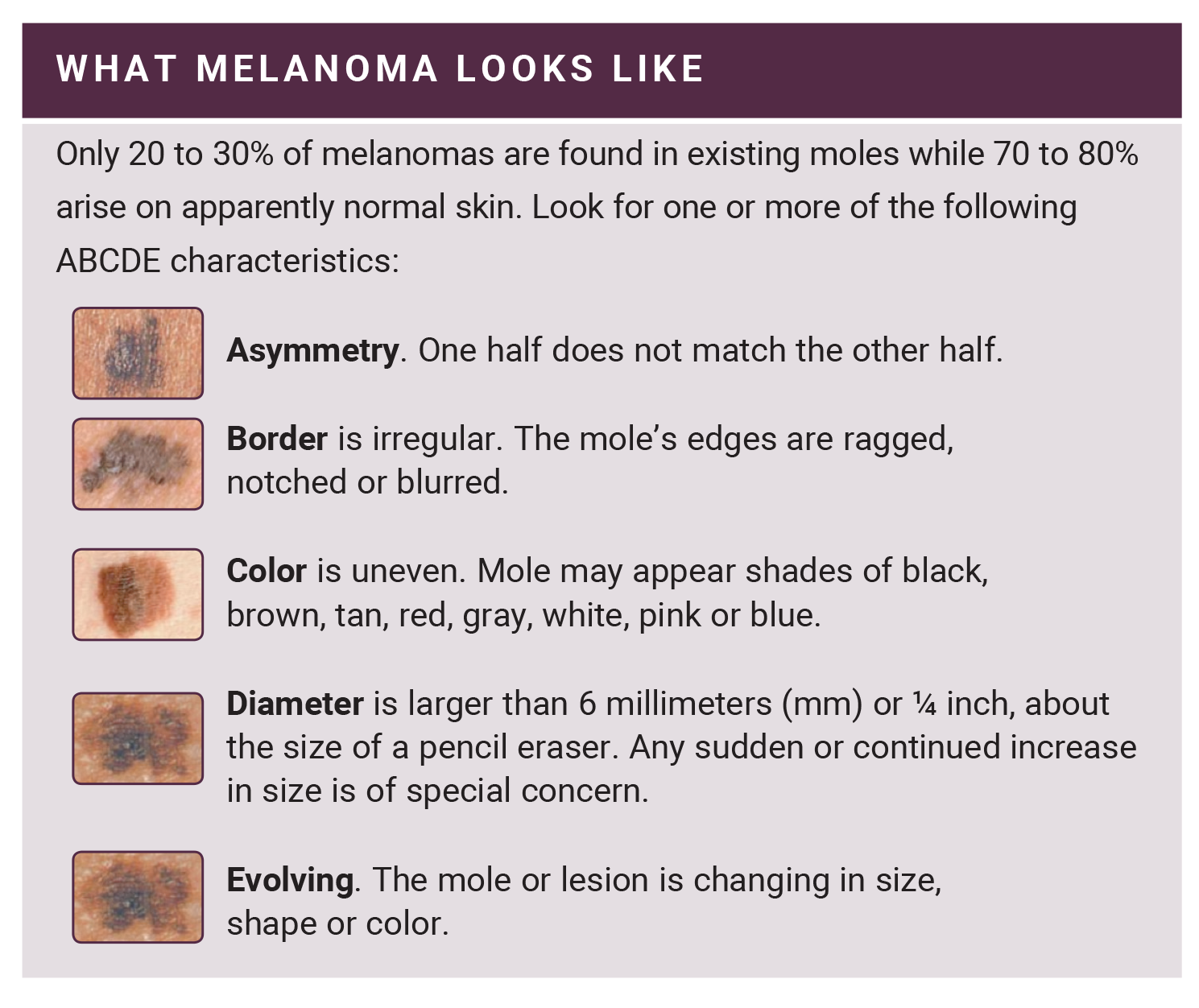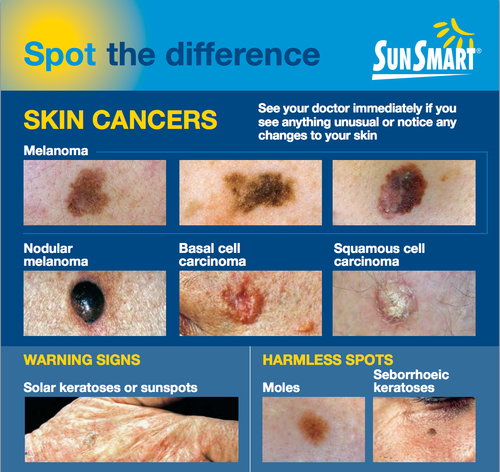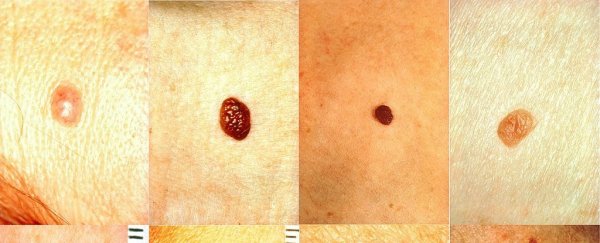Formidable Info About How To Check For Cancerous Moles

Melanoma, also known as malignant melanoma, is a type of skin cancer that can spread to other organs in the body.
How to check for cancerous moles. A nurse who checks moles for skin cancer recommends people follow the 'ugly duckling' rule. Mcneill, who also notes that the. A mole that stands out, or the 'ugly duckling,' should be checked out by a doctor,.
How to check your moles for signs of skin cancer check yourself monthly. B stands for border irregularity. If the mole is symmetrical (regular borders), small, and round, it is most likely a normal mole—but you should keep an eye.
Change in sensation, such as itchiness,. If you see any of these symptoms, visit your. It can confirm the presence of cancer and reveal how deep the melanoma extends below the surface of the skin.
Yes, but a common mole rarely turns into melanoma, which is the most serious type of skin cancer. How to check moles for cancer. If one half of a mole looks different from another, then that's a sign that the mole could be cancerous.
During your skin check, you may notice new moles. Look for moles that are. Pay close attention to areas of your skin that are often exposed to the sun, such as the hands, arms, chest, and head.
Redness or a new swelling beyond the border of the mole. A change in size (getting larger) a change in shape (especially with irregular edges) a change in color (especially getting darker or. Examine your skin with a mirror.
Over time, you get to know the kinds of spots you have, and you’ll be more likely to notice one. And every year, over 5 million cases of skin cancer are treated. Many doctors also recommend that you check your own skin about once a month.
Look for these warning signs of skin cancer moles: Spread of pigment from the border of a spot into surrounding skin. However, asheboro dermatology & skin surgery center in asheboro and the.
According to the skin cancer foundation, one in five americans will get skin cancer during their lifetime. This is usually done by examining with a dermoscope. A skin cancer doctor or dermatologist can decide whether any given “mole” on the patient’s skin really is a mole, or if it is a skin cancer.
Expose your skin to the sun every now and again, rather than most of the time. There are certain changes that occur in a mole which can indicate that it has become melanoma. Moles are skin growths that usually have a black or brown appearance—typically, they’re harmless.
